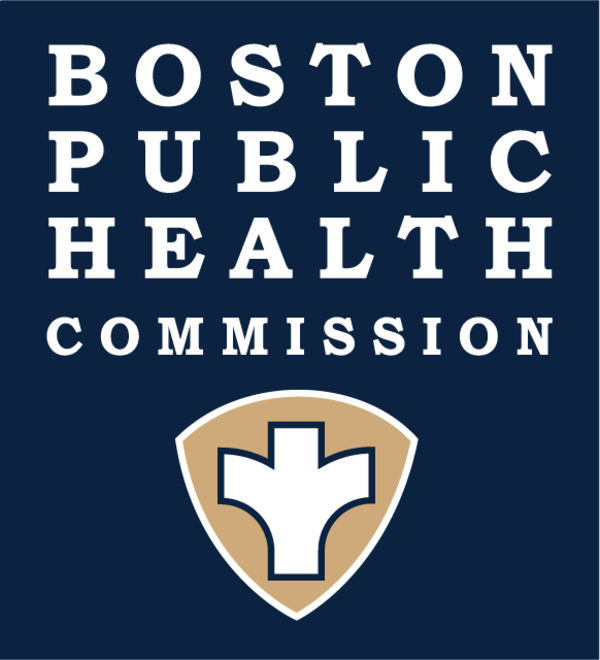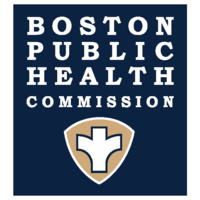Food Poisoning
This fact sheet answers frequently asked questions about food poisoning.
Food poisoning is also known as foodborne illness. Germs and toxins spread through food can cause food poisoning. People become sick when they consume contaminated food.
Symptoms
What are the symptoms of “food poisoning”?
Symptoms of “food poisoning” include stomach pain, nausea, vomiting, diarrhea, fever, and headache. It is possible to develop bloody diarrhea or a more serious disease. Those at greatest risk of getting sick include the very young, pregnant women, the elderly, and those with weakened immune systems.
Is it the last thing I ate?
Many people think they got sick from the last thing they ate, but this is not usually the case. It can take from 30 minutes to 2 weeks before you start to feel sick from “food poisoning”.
Some germs that cause “food poisoning” include:
Norovirus
Norovirus is the most common cause of “food poisoning”. Outbreaks of norovirus have been associated with leafy greens (like lettuce), fresh fruits, and shellfish, but any food can spread this virus.
Salmonella
Salmonella bacteria usually live in the intestines of animals. You can find them in raw or undercooked foods such as poultry (chicken, turkey) and eggs. They can also live in unpasteurized milk or cheese products.
Shiga toxin-producing E. coli (STEC)
Shiga toxin-producing E. coli (STEC) is most often found in raw or undercooked ground beef. Outbreaks have also been caused by unpasteurized apple cider, fresh produce, and from ingesting water from swimming pools.
Listeria
You can find listeria in raw sprouts, unpasteurized milk, cold deli meats and hot dogs, soft cheeses, and smoked salmon. Past outbreaks of this germ have been associated with soft cheese and cantaloupe.
Campylobacter
Campylobacter is found in raw or undercooked poultry or meat, unpasteurized milk or cheese products, untreated water, and in the stool of infected pets, especially in kittens and puppies.
Shigella
Shigella bacteria spread through the stool of infected people. Outbreaks may occur between young children in daycare, from food handlers who do not wash their hands after using the bathroom, or through contaminated drinking water, swimming pools, or other water sources.
Prevention
How can I help prevent "food poisoning"?
Chill
- Refrigerate leftover and unused portions quickly
- Food should not be out for more than 2 hours. If out on a hot summer day, do not leave food out for more than 1 hour
- Keep your cooler full to maintain cold temperatures, keep it out of the sun and limit the number of times you open it
Clean
- Wash your hands with warm soapy water for at least 20 seconds before and after preparing food, after touching raw food, before eating, after using the restroom, and after changing a diaper or cleaning up a child who has used the restroom
- If soap and water are not available, use an alcohol-based hand sanitizer
- Rinse all fresh fruits and vegetables under running water before cooking, packing, or eating
- Wash all surfaces and utensils with warm, soapy water before and after use
Separate
- Keep juices from raw meat, poultry, or fish from coming in contact with other foods, cooked or raw. These juices contain germs!
- Use separate plates for raw and cooked meat, fish, or poultry
- If possible, use one cutting board for meat or poultry and one for ready-to-eat food such as raw produce
- If you only use one cutting board, wash the cutting board with soap and hot water between the preparation of raw meat, poultry, or fish and the preparation of produce you eat raw
Cook
- Thaw foods in the refrigerator or microwave, not on the counter
- Cook foods to proper temperatures and use a food thermometer to make sure food is at a safe internal temperature
- Do not interrupt cooking by partially cooking food and then finishing later
- When serving, keep hot foods hot and cold foods cold
Do not forget to wash your hands! Click here to learn more about "food poisoning" and food safety from FoodSafety.gov.



